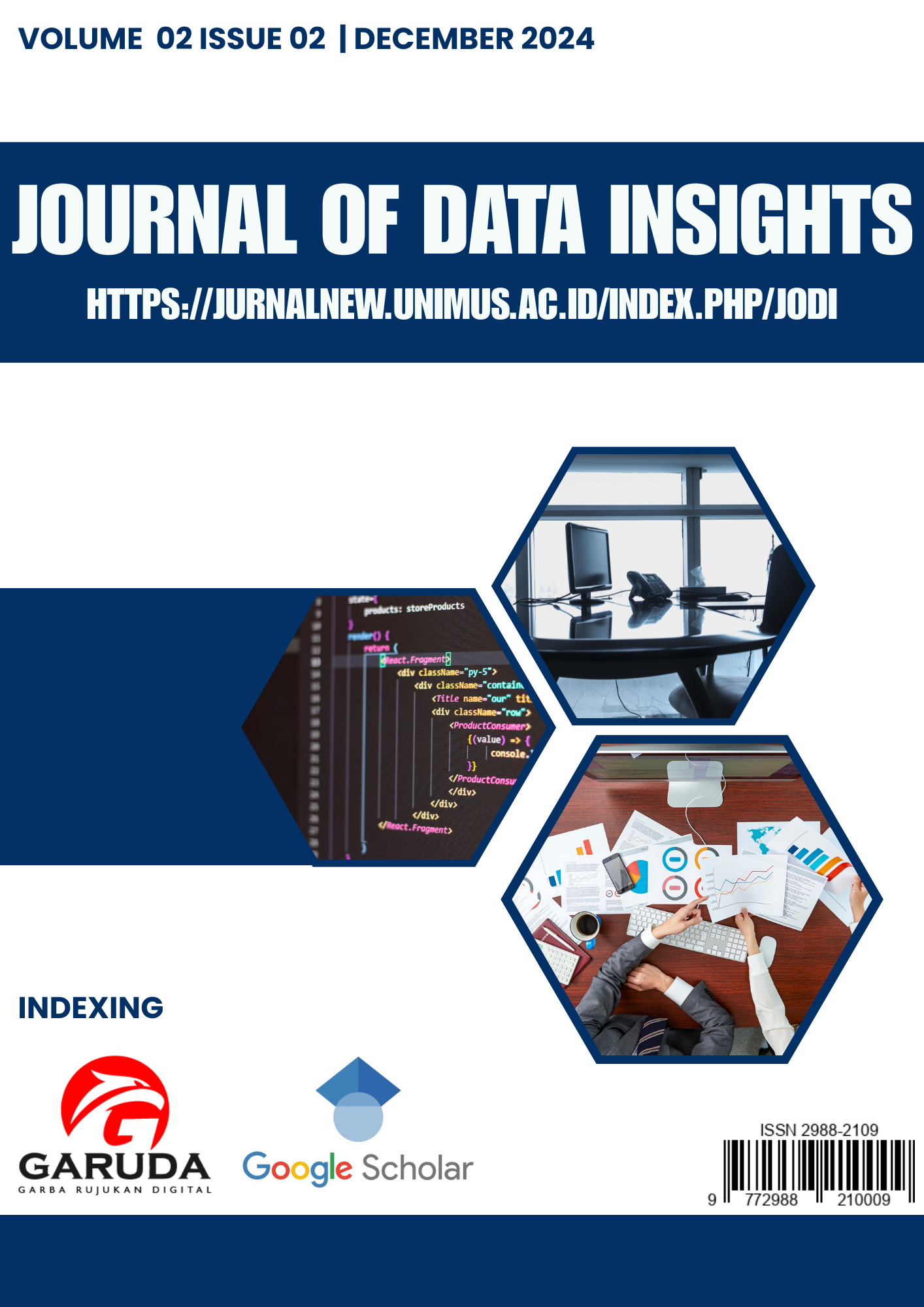Fuzzy Gustafson Kessel for Infrastructure Development Strategy in South Sumatra Province
Fuzzy Gustafson Kessel Untuk Strategi Pembangunan Infrastruktur Di Provinsi Sumatera Selatan
DOI:
https://doi.org/10.26714/jodi.v2i2.650Keywords:
Infrastructure Development, Clustering, Fuzzy Gustafson Kessel, Data MiningAbstract
Infrastructure development is a strategic element in improving public services and economic growth. South Sumatra Province, with its large economic potential, faces challenges in managing efficient and sustainable infrastructure development. This research aims to apply the Fuzzy Gustafson Kessel (FGK) method in decision making related to infrastructure development in South Sumatra Province. FGK combines fuzzy logic with Gustafson Kessel clustering algorithm to handle uncertainty and data variation from various stakeholders. The data used in this study includes population and geographic census data from the Central Bureau of Statistics of South Sumatra Province in 2023, with five indicators: population, area, population growth rate, population density, and poverty rate. The results show that South Sumatra is divided into three main clusters based on its infrastructure and demographic characteristics. This clustering is expected to improve the effectiveness and efficiency of infrastructure development decision-making, provide more appropriate policy recommendations, and potentially be applied in other regions with similar challenges.
Downloads
Published
How to Cite
Issue
Section
License
Copyright (c) 2024 Ariska Fitriyana Ningrum, Oktaviana Rahma Dhani, Febi Anggun Lestari, Zahra Aura Hisani, Alwan Fadlurohman

This work is licensed under a Creative Commons Attribution-ShareAlike 4.0 International License.












